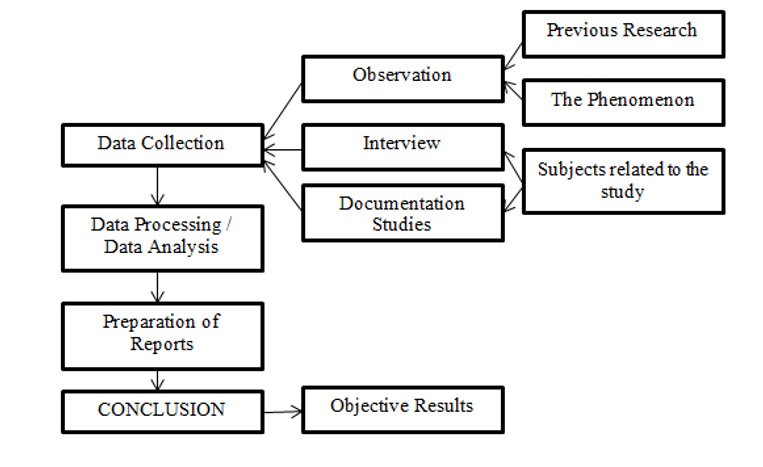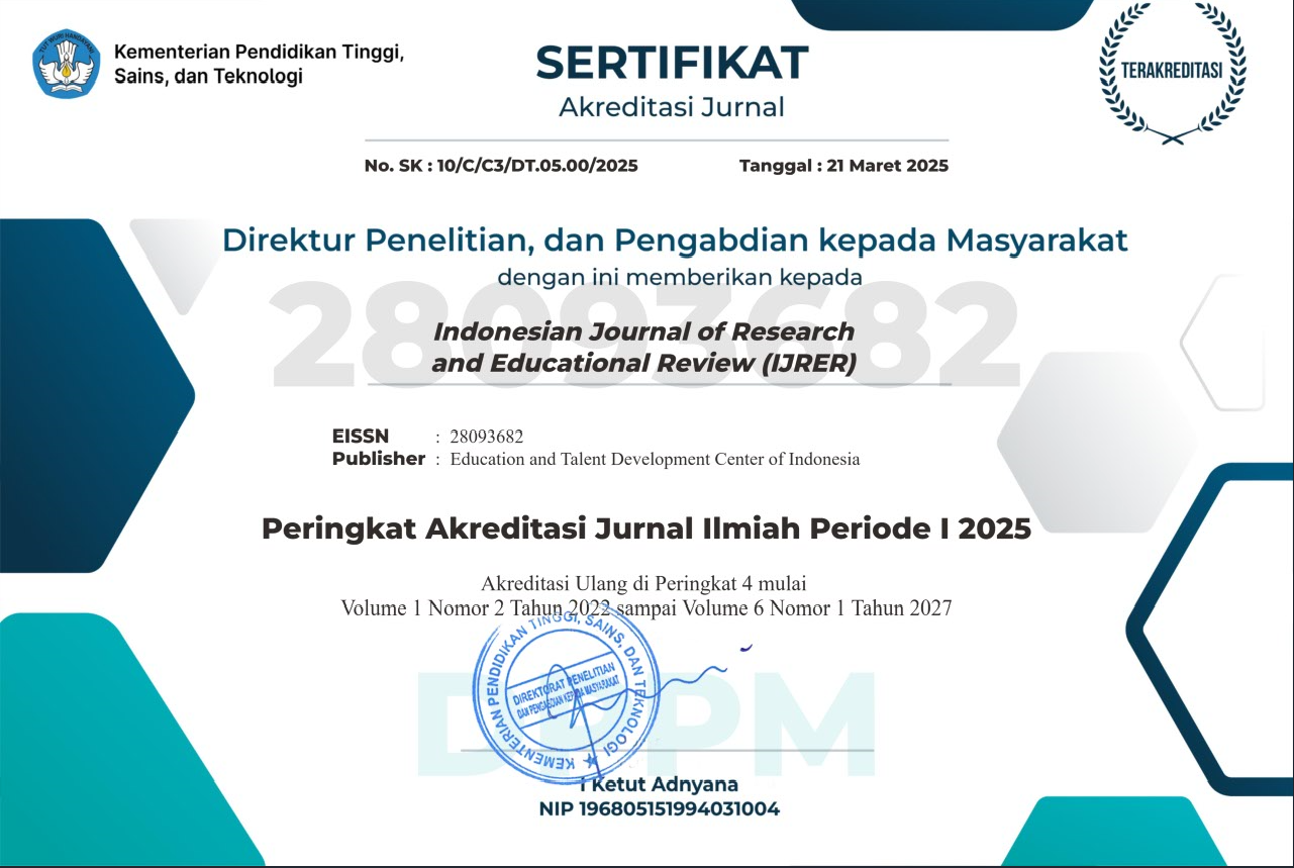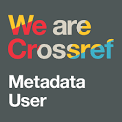Analysis of Junior High School Students' Understanding in Determining the Sequence of Integers
DOI:
https://doi.org/10.51574/ijrer.v4i3.3499Keywords:
Junior High School, Positive, Negative, Sequence of Integers, Students' UnderstandingAbstract
This study intends to analyze students' ability to determine the order of positive and negative integers and to identify the difficulties they experience in understanding the concept. The subject matter is important because many students still experience confusion in comparing and ordering integers, especially when negative numbers are involved. This type of research uses a qualitative-descriptive approach. This study was conducted in grade VI of a public junior high school 13, Jember, with 32 students selected based on the willingness of the school and teachers, but only 6 students who met the criteria were selected. The instruments used included a written test and in-depth interviews. The results showed that students' understanding of the ordering of positive and negative integers is relatively low. Students often face challenges in distinguishing and ordering positive and negative numbers, especially when dealing with number lines or mixed operations. The main factor contributing to students' challenges is a lack of understanding of the basic concepts of integers and their application on the number line. Students sometimes experience confusion regarding the order of numbers due to their incomplete understanding of numerical positions on the number line, as well as the principle of absolute value and the meaning of positive and negative signs. The results of this study are expected to provide a general overview of students' level of understanding and provide recommendations for effective learning strategies to improve their ability to correctly order integers.
References
Aduko, E. A., & Armah, R. B. (2022). Adapting Bruner’s 3-tier theory to improve teacher trainees’ conceptual knowledge for teaching integers at the basic school. European Journal of Mathematics and Science Education, 3(2), 61-77. https://doi.org/10.12973/ejmse.3.2.61
Alfarisi, M. A., Dasari, D., Aljupri, & Sikma, Y. (2022). Is integer number difficult for students?: A systematical literature review. In AIP Conference Proceedings (Vol. 2468, No. 1, p. 070030). AIP Publishing LLC. https://doi.org/10.1063/5.0102934
Assmus, D., & Fritzlar, T. (2022). Mathematical creativity and mathematical giftedness in the primary school age range: an interview study on creating figural patterns. ZDM–Mathematics Education, 54(1), 113-131. https://doi.org/10.1007/s11858-022-01328-8
Barbieri, C. A., Rodrigues, J., Dyson, N., & Jordan, N. C. (2020). Improving fraction understanding in sixth graders with mathematics difficulties: Effects of a number line approach combined with cognitive learning strategies. Journal of Educational Psychology, 112(3), 628. https://doi.org/10.1037/edu0000384
Bernati, M., Sugiatno, S., & Yani, A. (2018). Peningkatan Kemampuan Pemahaman Matematis Bilangan Bulat Negatif Melalui Pembelajaran Matematika Berstruktur Number Sense Di SMP. Jurnal Pendidikan dan Pembelajaran Khatulistiwa (JPPK), 7(9). s://doi.org/10.26418/jppk.v7i9.28160
Bostan Sarioglan, A., & Kucukozer, H. (2017). Effect of Meaning Making Approach on Students' Conceptual Understanding: An Examination of Angular Momentum Conservation. International Journal of Education in Mathematics, Science and Technology, 5(3), 203-220.
Bryant, D. P., Bryant, B. R., Dougherty, B., Roberts, G., Pfannenstiel, K. H., & Lee, J. (2020). Mathematics performance on integers of students with mathematics difficulties. The Journal of Mathematical Behavior, 58, 100776. https://doi.org/10.1016/j.jmathb.2020.100776
Cai, J., & Rott, B. (2024). On understanding mathematical problem-posing processes. ZDM–Mathematics Education, 56(1), 61-71. https://doi.org/10.1007/s11858-023-01536-w
Fuadiah, N. F., & Suryadi, D. (2017). Some Difficulties in Understanding Negative Numbers Faced by Students: A Qualitative Study Applied at Secondary Schools in Indonesia. International Education Studies, 10(1), 24-38.
Giriansyah, F. E., Pujiastuti, H., & Ihsanudin, I. (2023). Kemampuan pemahaman matematis siswa berdasarkan teori Skemp ditinjau dari gaya belajar. Jurnal Cendekia: Jurnal Pendidikan Matematika, 7(1), 751-765.
Harun, N. A. J., Cuevas, K. G. A., Asakil, O. I., Alviar, J. V., & Solon, L. J. V. (2023). Assessing Students’ Mastery and Misconceptions in the Fundamental Operations on Integers. International Journal of Science, Technology, Engineering and Mathematics, 3(3), 36-55. https://doi.org/10.53378/353000
Kholid, M. N., Imawati, A., Swastika, A., Maharani, S., & Pradana, L. N. (2021). How are Students’ Conceptual Understanding for Solving Mathematical Problem?. In Journal of Physics: Conference Series (Vol. 1776, No. 1, p. 012018). IOP Publishing. https://doi.org/10.1088/1742-6596/1776/1/012018
Koerfer, E., Polverini, G., Elmgren, M., Eriksson, L. H., Freyhult, L., Herbert, R. B., ... & Eckerdal, A. (2025). Teachers’ conceptions of the role of mathematics in STEM higher education. Disciplinary and Interdisciplinary Science Education Research, 7(1), 15. https://doi.org/10.1186/s43031-025-00135-x
Lin, X., Peng, P., & Zeng, J. (2021). Understanding the relation between mathematics vocabulary and mathematics performance: A meta-analysis. The Elementary School Journal, 121(3), 504-540. https://doi.org/10.1086/712504
Michelsen, C. (2006). Functions: a modelling tool in mathematics and science. ZDM, 38(3), 269-280. https://doi.org/10.1007/BF02652810
Nachowitz, M. (2018). Intent and enactment: Writing in mathematics for conceptual understanding. Investigations in Mathematics Learning, 11(4), 245–257. https://doi.org/10.1080/19477503.2018.1461051
Sari, N. P., Yufiarti, Y., & Makmuri, M. (2022). Matematika Realistik Meningkatkan Pemahaman Siswa tentang Konsep Pembagian di Sekolah Dasar. Jurnal Ilmiah Pendidikan dan Pembelajaran, 6(1), 143-154. https://doi.org/10.23887/jipp.v6i1.32613
Schoenfeld, A. H. (2022). Why are learning and teaching mathematics so difficult?. In Handbook of cognitive mathematics (pp. 763-797). Cham: Springer International Publishing. https://doi.org/10.1007/978-3-031-03945-4_10
Schukajlow, S., Kaiser, G., & Stillman, G. (Eds.). (2025). Mathematical Modelling from a Cognitive Perspective. Routledge.
Sipayung, T. N., & Anzelina, D. (2019). An analysis of students problem solving skills using a realistic mathematics approach on integers materials. In Journal of Physics: Conference Series (Vol. 1211, No. 1, p. 012083). IOP Publishing. https://doi.org/10.1088/1742-6596/1211/1/012083
Sulistyowati, E., Rohman, A., & Hukom, J. (2024). Flipped classroom model: Minimizing gaps in understanding mathematical concepts for students with different academic abilities. European Journal of Mathematics and Science Education, 5(1), 27-37. https://doi.org/10.12973/ejmse.5.1.27
Wigderson, A. (2019). Mathematics and computation: A theory revolutionizing technology and science. Princeton University Press.
Wong, T. Y. T. (2021). Components of mathematical competence in middle childhood. Child Development Perspectives, 15(1), 18-23. https://doi.org/10.1111/cdep.12394
Yulianty, N. (2019). Kemampuan pemahaman konsep matematika siswa dengan pendekatan pembelajaran matematika realistik. Jurnal Pendidikan Matematika Raflesia, 4(1), 60-65.
Yunita, A., & Pratiwi, R. W. (2022). Analisis Kesulitan Peserta Didik Dalam Menyelesaikan Soal Bilangan Bulat Kelas VII SMPN 3 Kota Solok. THEOREMS (THE jOuRnal of mathEMatics), 7(2), 163-175. https://doi.org/10.36665/theorems.v7i2.662

Downloads
Published
How to Cite
Issue
Section
License
Copyright (c) 2025 Alifia Damayanti, Dimas Andhita Cahyo Sujiwo, Frida Murtinasari

This work is licensed under a Creative Commons Attribution-ShareAlike 4.0 International License.













1.png)













